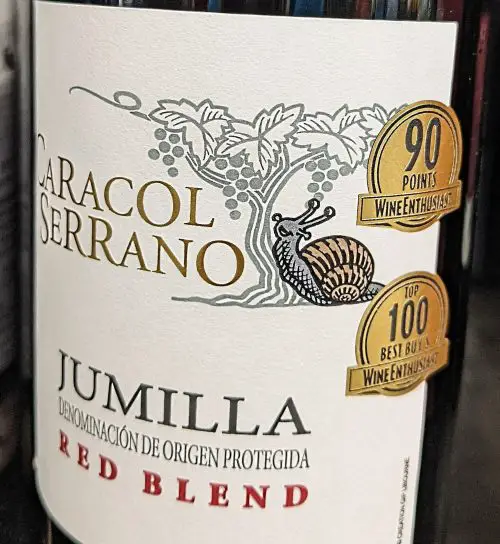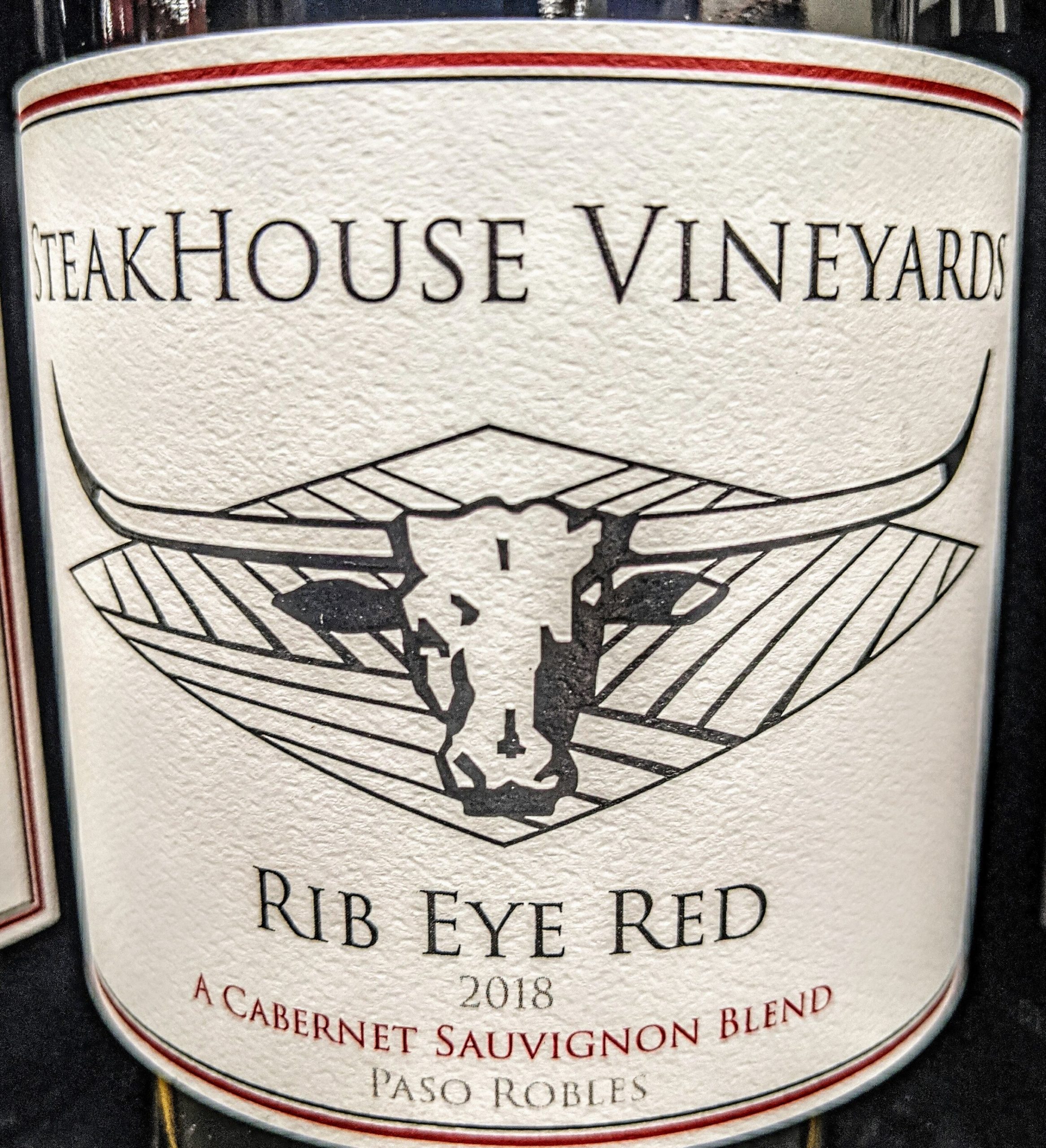
You’re used to seeing wine labels that list wines by grape: Cabernet Sauvignon, Merlot, or Chardonnay. You’ve also seen the more generic ‘blend’ on a label, with nary a mention of the grapes inside. But why do winemakers blend wine in the first place?
Blending is one of the few practical tools a winemaker has to shape a wine. Blending can improve quality, enhance complexity, maintain a house style, correct flaws, mitigate yield fluctuations, reduce production costs, and meet labeling laws for compliance.
Whew! That’s a lot. Here’s what you need to know.
Why Do Winemakers Blend Wine?
Wineries rely on the art of blending for quality and business purposes. You may be drinking a blend and not even know it.
What Can Blended Wines Be Made Of?
Some labels are obviously blends. Generic names like California Red or Table Wine give it away. For other wines, you’ll probably never realize that it’s a blend unless the label tells you what’s in the bottle.
Blending options include:
- different vintages (years)
- different varietals (e.g., Merlot + Cabernet Sauvignon)
- different lots of wine made from the same grapes (e.g., oak + stainless steel)
- any combination of the above
But like so many things with wine, there’s a story behind the label worth exploring.
Throughout history, most wines have been blends.
Vineyard blocks had an eclectic assortment of grapevine varieties, hence the name ‘field blend’.
Even today in centenarian vineyards, viticulturalists may not know exactly what each vine is.
Farmers were less concerned about the different cultivars back in the day, than they were about having enough grapes to turn into wine, thus ensuring that they had a product to sell next year, along with something safe to drink.
Planting field blends was a way to mitigate risk.
If the farmer had a vineyard with many grape varieties, all of them ripening at slightly different times and with unique physiological characteristics, then when an adverse event happened, it would likely only affect a percentage of the harvest, not the entire harvest.
For example, in a field blend with Merlot and Petit Verdot, the Merlot might be at particular risk for coulure (coo-LURE), or shatter, where a large portion of the berries fail to form in a cluster due to poor weather conditions (e.g., a cool, rainy spring).
The Petit Verdot, however, flowers later and doesn’t have the same problem.
By having both varieties, Merlot and Petit Verdot, in the vineyard, vineyard owners hedged their bets against Mother Nature, ensuring a crop.
Of course, the downside of this is that whatever the quality of the grapes – whether ripe and delicious or not so much – they all made it into the final blend, leading to questionable wine quality.
As the science of winegrowing and winemaking evolved, growers slowly shifted to mono-varieties best suited to particular vineyard sites and likewise vinifying these blocks separately in the winery.
Having only one variety in a field means that the crop will ripen evenly, allowing growers to harvest at the peak of readiness and improving overall wine quality.
Vinifying the blocks separately also allowed winemakers to select wines that expressed certain characteristics and blend them together to create a richer, more refined wine.
The sum is greater than the parts.
Why Blend Wines? 7 Practical Reasons
Here’s a video that covers the 7 reasons for blending wine:

Reason 1: Improve Quality

The number one reason to blend wines is to improve quality. Winemakers work to ensure that each component in every wine tastes its best, then it comes down to building a complementary profile of fruit, texture, and mouthfeel.
Different wines contribute different attributes to the blend.
Like the individual players on a sports team, bringing them together elevates the game. Same thing for wine.
Reason 2: Improve Complexity

Improving complexity is linked to improving quality. Winemakers blend lots and varietals, each adding a unique element to the final bottle.
Maybe half of the final blend for your red wine was made with medium-toast French oak, one quarter was made with heavy-toast French oak, and the final quarter was made in Hungarian oak.
The winemaker blends them together to add caramel notes, coffee, spice, and smoke, along with marrying different tannin and oxidation levels.
All become ingredients a winemaker can play with taking their wines to the next level.
Reason 3: Maintain Consistency

Wineries with large production volumes often have a signature blend, or house wine. Ménage à Trois, Cupcake, Meomi – these wines express a uniform flavor and aroma profile year-over-year.
Take a stroll through any wine aisle and focus on the major brand labels. Most likely they have a label that doesn’t list exactly what’s in the bottle.
These generic blends have robust consumer appeal because consumers know what they’re getting each time.
No surprises. And they reward big producers with a loyal fanbase.
Reason 4: Correct Wine Flaws

Not all wines come out perfectly.
Blending allows the winemaker to hide flaws, though this is never a situation any winemaker chooses.
For example, smoke taint affected large swathes of the Santa Cruz, Monterey, Sonoma, and Napa wine grape crop in 2020.
Some producers opted to harvest grapes with known smoke taint. Wines made from these grapes will express ashy aromas and flavors.
But all is not lost!
The grower can sell these grapes to bulk producers who make massive quantities of wine, so much so that the smoke taint flaw gets blended away.
Another good example is dealing with a stuck fermentation.
Stuck fermentations leave residual sugar in a wine that can make it taste out of balance and introduce possible microbial issues once bottled.
Blending a wine with a little residual sugar in with a dry wine will dilute the residual sugar to an undetectable (or more balanced) level.
Another flaw is being out of balance.
Winemakers will do everything they can to correct each component of a wine (like acid, alcohol, and tannin), and yet some still come out unbalanced.
Blending brings balance to the final bottle.
For example, take a wine that’s a whopping 17% ABV; the alcohol overwhelms the fruit. The winemaker can treat the barrel or tank through reverse osmosis – a costly process – or blend in another wine lot that’s 12.5% ABV and bring the overall percentage of alcohol down, balancing out the wine.
Other flaws can include:
- Premature browning
- Loss of aromas
- Microbial issues
Reason 5: Extending Quantity

Growing grapes is an agricultural endeavor. Mother Nature can be finicky. Damaging frosts, heat waves, and fires all decrease yields.
If a harvest is short, the winery may choose to purchase wine on the bulk market to meet shortfalls.
Helpful Tip: Here’s a post that gives an overview of how the bulk wine market works if you’re curious.
Likewise, if a wine finds itself in the spotlight all of a sudden, the winery may have a product shortage as lovers flock to buy up bottles.
Blending can help meet the demand if a winery needs to extend inventory.
On the flip side, some vintages have excessive yields (too many grapes). A winery may opt to blend to absorb over-production.
Reason 6: Reduce Cost of Goods Sold (COGS)

Cost of Goods Sold (or COGS) refers to the cost of making and selling a product. For wine, major costs include grapes, additives, bottling materials, and labor.
Profit margins for some wines are razor-thin.
One way to decrease COGS is to blend wines made with less expensive grapes with more expensive, higher quality grapes.
For example, the winery bottles a generic California Zinfandel made with a combination of grapes grown from the Delta, which contribute quantity, and grapes grown from Sonoma, which contribute quality.
Blending can help absorb some of the production overhead and meet price point targets.
Reason 7: Meeting Labeling Requirements

Local labeling laws can determine if a wine gets labeled as a generic blend.
An uber-famous Italian example of this is Sassicaia, which earned the name ‘Super Tuscan’ in the 1970s.
Regulatory bodies in Tuscany (and across Italy) mandate the different grapes, percentages, and winemaking techniques made under their regional appellation schemes.
Helpful Tip: Here’s a post that covers how the Italian wine classification system works. This is useful if you’re trying to figure out what Italian wines you want to buy.
Instead of using the regional Sangiovese (think Chianti Classico), Sassicaia embraced Bordeaux varietals like Cabernet Sauvignon and Merlot.
The resulting wine was an international sensation but had to be labeled Vino da Tavola, or generic table wine, causing a scandal and eventually earning the wine its own designation.
The Tax and Trade Bureau (TTB) regulates wine labeling laws in the U.S. (imports must comply with the same rules).
TTB guidelines dictate that any varietally labeled wine must have a minimum of 75% of that particular varietal on the label.
That’s a generous percentage to play with.
You can see where this is going.
A wine that says ‘Cabernet Sauvignon’ or ‘Sauvignon Blanc’ on the label, may actually be 25% of a different variety, or multiple varieties, and you’ll never know.
Or, take that smooth artisanal red wine you so enjoy labeled as a table wine. It may be 74% Cabernet Sauvignon and 26% Merlot and therefore be relegated to blend status by law.

In the US, honoring labeling laws means following strict TTB regulations on:
- Appellation
- Varietal
- Vineyard Designate
- Vintage
- Estate
- Alcohol %
Final Thoughts – Blending Wine Is an Artform

Reasons for wine blending range from the expressive to the practical, and everything in between.
Blending’s versatility ups the winemaking game.
If you ever find yourself with a winemaker, ask about blending choices and preferences. You’re in for an engaging conversation.
Thirsty for More?
If you’re interested in the nuances of winemaking, check out this post How Winemakers Select Wine Yeast. It’s a little like gardeners and their seeds, or cooks and their spices.
Here’s a great post on the Difference Between Free Run and Press Wine, which is another tool that winemakers can use to shape their wine quality.




